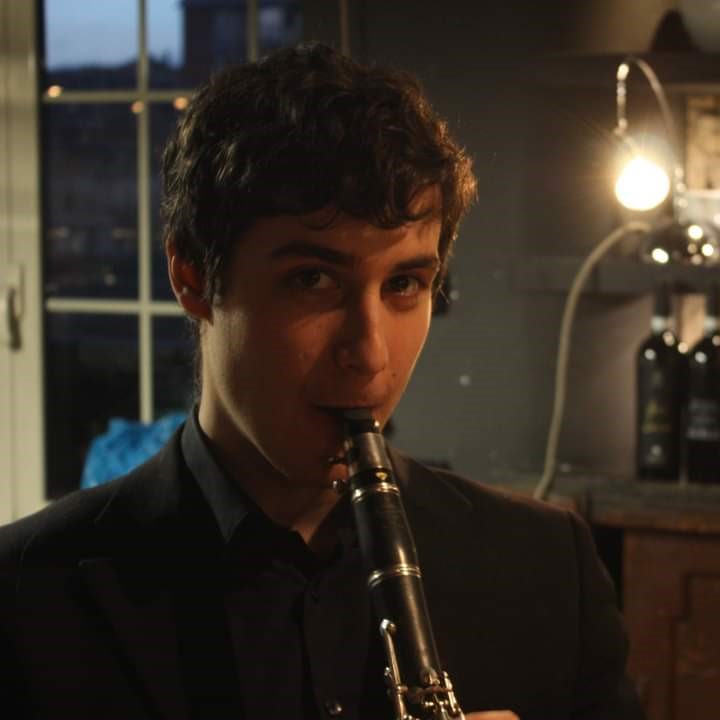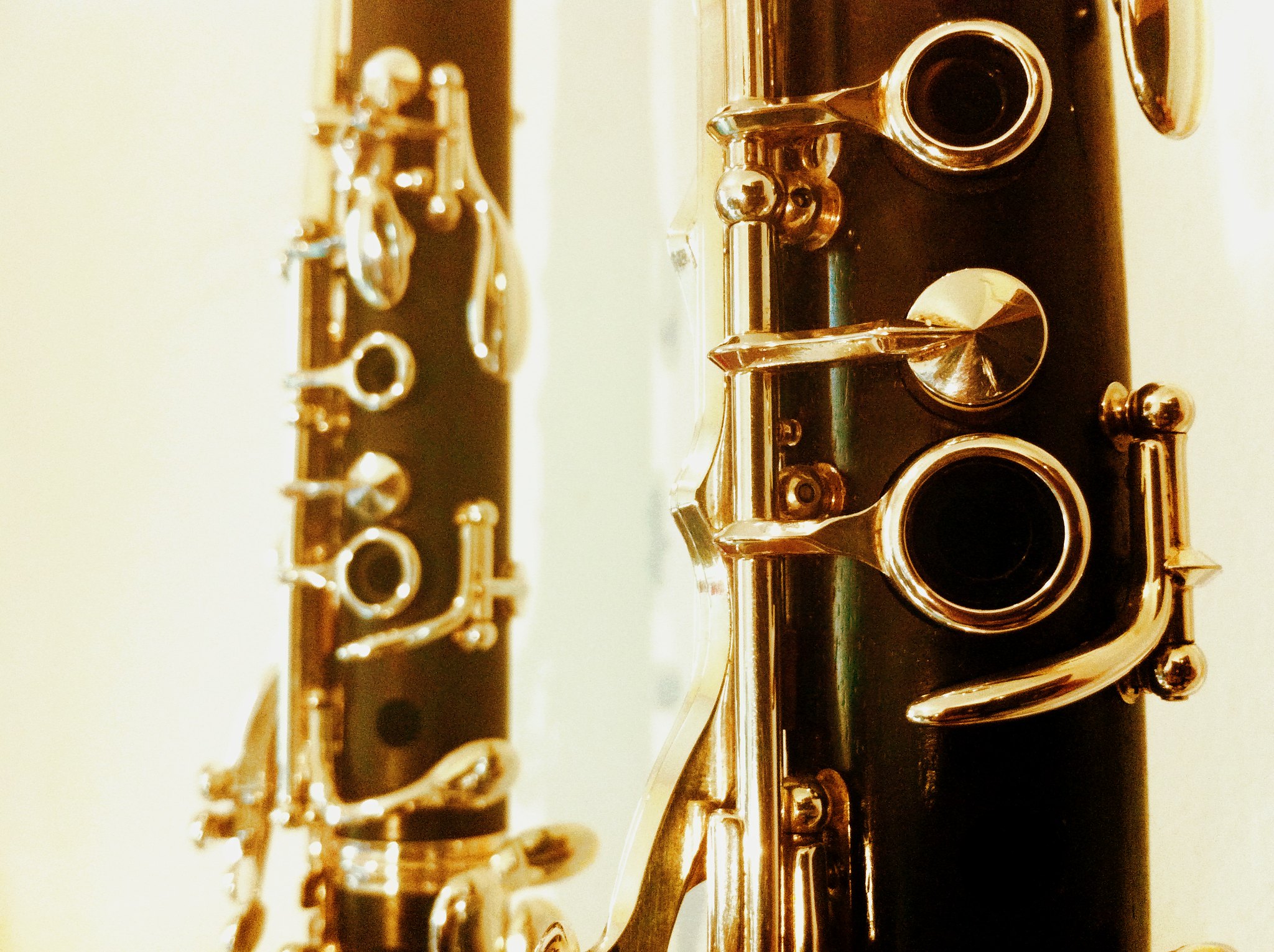Do you want to build a strong technique through clarinet exercises? Do you need maybe a solid practice routine?
You may expect a list of books containing exercises from this article. Before suggesting books to you, however, I think it is important to explain the logic of a technical practice routine so that you can build your own exercise techniques independent of the book you choose!
A strong routine must focus on fundamentals: tone, legato, staccato, scales, and arpeggios. If you build strong fundamentals, everything becomes easier to learn.
Klosé suggested practicing four hours a day: the first hour dedicated to tone, the second hour dedicated to scales and arpeggios, the third hour dedicated to articulation and only the fourth hour dedicated to repertoire.
The Sustained Note: How And Why?
Nearly all teachers insist that their students practice sustained notes. For this discipline and its technique should be clarified.
Why?
The sustained note serves firstly to establish direct contact between the air column and the instrument. Secondly, it also helps students to develop the ability to hold a greater amount of air in the lungs. Thirdly, It develops greater uniformity and quantity of sound.
How?
Attack pianissimo with the tip of the tongue, then crescendo as loud as you can without distorting the sound. Finally, diminuendo to silence, gradually fading out.
The Legato
Play a long low E, then depress the register key and produce a clarion B. Repeat to every chalumeau note.
The concept of sound production applied in this exercise is the sarne used in playing sustained notes: depress the speaker key without altering your mode of sound production; push the breath only with the diaphragm, not involving the throat.
The aim of this exercise is to develop a smooth legato at wide intervals.
Another important exercise is practicing the change of register between chalumeau A and clarion B, with different rhythms, but always focusing on the evenness of sound.
Fingering dexterity in scales and arpeggios
In your study of scales, you should concentrate on the practical effectiveness and utility of the exercises played. Many methods for clarinet present all kinds of scales, broken thirds, sixths or octaves, or arpeggios. Many of these exercises repeat one another in the long run, slowing the technical progress of the student.
Before looking for exercises, you should look for principles.
For instance, you can relate scales with long tones in this example of practice routine:
play a sustained note, a long low E; then play a long low E and a clarion B, all legato; then play a E major scale, legato and staccato; then play a E major scale of broken thirds; finally play a E major broken arpeggio.
Repeat this routine in all keys and you should have an example of an effective overall routine on the clarinet.
Some Hints For Staccato
Staccato is a difficult skill to develop for many clarinetists. Some are gifted with a naturally good staccato, but the others should gradually develop this technique. The first common issue to fix is the synchronization of finger articulation and tongue articulation. To achieve this, the fingers must be flexibly articulated on the holes and keys; the tip of the tongue should touch gently the reed pronouncing the letter D. Later, after having mastered this exercise, the true staccato, pronouncing the letter T, will develop by itself.
Apply these principles on scales and broken thirds.
Some resources
After learning these principles, you may need some books as a resource. Here are some great books and online materials!
La Biblioteca de CLARIPERU http://www.clariperu.org/Partituras-ejercicios.html
La Biblioteca de CLARIPERU has useful FREE exercises following the principles explained in this article.
Another well explained clarinet routine can be found on this website: https://www.osbornmusic.com/warmup.html. The author is Sean Osborn, a very experienced and talented clarinet player.
Instead, this is the routine played and explained in this video by John Cipolla, professor of clarinet at Western Kentucky University.
Additionally, here are a few classical books that focus on technique. These are great books for all levels of learners, and they are fairly economical.
This book is composed of six exercises; the first one deals with trills, the second one with left hand, the third one with right hand, the fourth one with staccato, the fifth one with scales and the sixth one with sound and interpretation. It is a must-have for every advanced player!
Carl Baermann, Complete Method for Clarinet, third division
This is the third part of a Method for Clarinet; in this part there are plenty of useful exercises on scales. It’s not suggested to play the entire book every day, you’d rather practice just one scale at a time if using this book.
Finally, there are the Kalmen Opperman’s Velocity Studies, divided in a few volumes depending on the difficulty. These books are not intended to be practiced entirely every day, but they have a progressive path.
I hope that this article may help you to increase your dexterity and your sound! Practice every day and you will notice the results!







